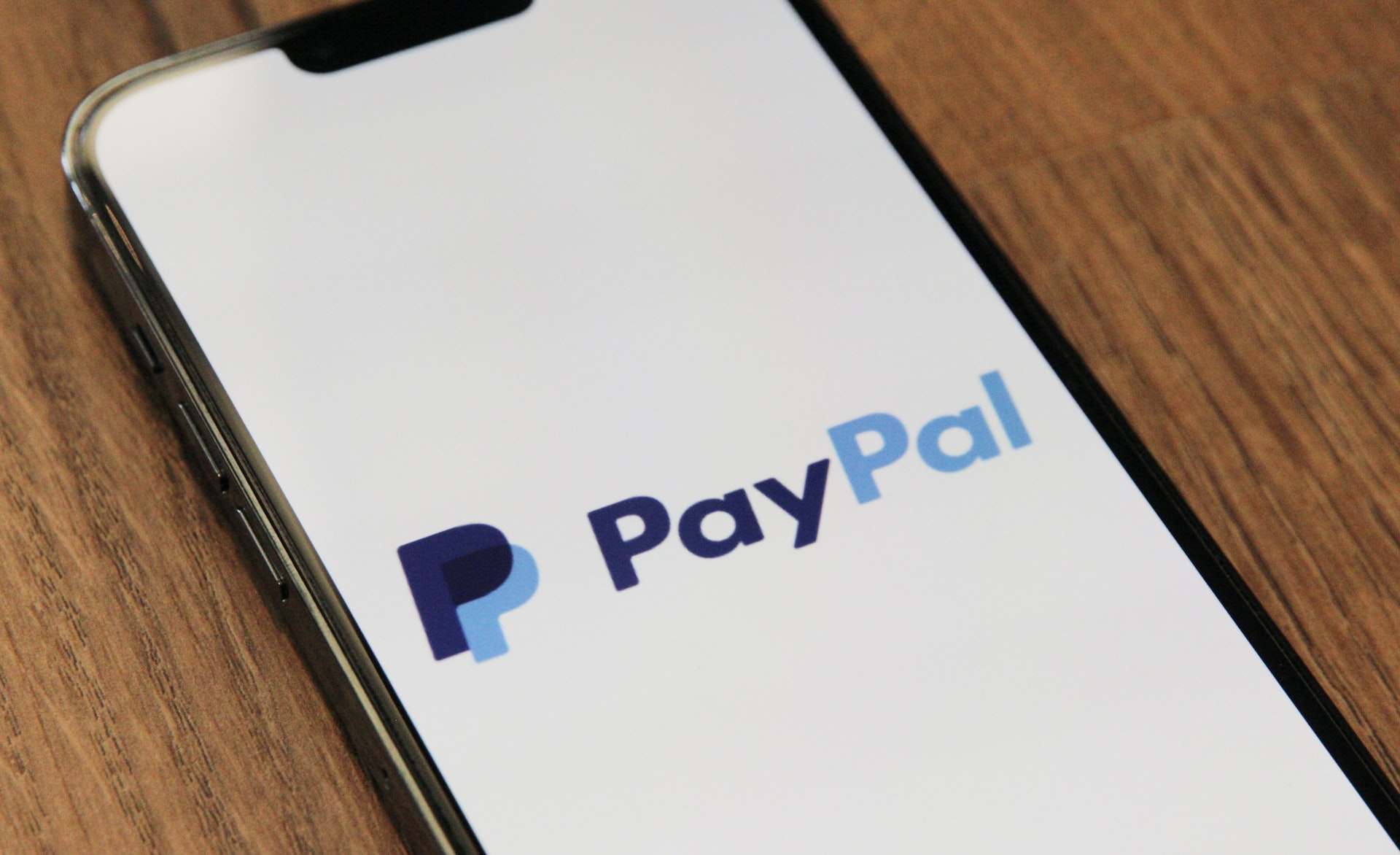
On February 1, 2022, PayPal reported a 13% increase in sales and expected sales to grow by only 6% in the first quarter. This was the slowest growth for the company in recent memory. CEO Dan Schulman came up with a lot of reasons right away for the slow growth. He said that problems with the supply chain, inflation, and the return of COVID-19 were to blame.
Investors did not like this at all. The day after earnings, the stock dropped more than 20%. Jim Cramer, one of the biggest PayPal bulls for a long time, said that the quarter was a complete disaster and that investors no longer trust Schulman. Things just kept getting worse. After the earnings report, the stock kept going down and dropped another 40%. This means that the total loss from the all-time high is now 74% or 260 million dollars.
PayPal changed the way online payments are made, and eCommerce and the rise of cross-border transactions have helped PayPal the most. Since it went public in 2015, it has been one of the best-performing stocks on the market, with a peak value of 350 billion dollars.
In this article, we’ll explore how PayPal became so popular and why its stock is now worth only a quarter of what it used to be.
The Beginnings of PayPal
In 2000, Elon Musk combined his online payment company, x.com, with another company started by Peter Thiel and a few other people. This made PayPal. The company changed its name to PayPal and made it possible for people to send and receive money through email for the first time. This happened during the dot-com bubble when prices rose, and new internet companies were flush with cash from their initial public offerings.
Two years after it started, eBay bought PayPal for $1.5 billion to add it to their online shopping platform. After eBay bought PayPal, it quickly became the most popular way for customers to pay for items they purchased on eBay. In addition, more and more online and offline stores began to accept PayPal outside of eBay. This helped the platform’s revenue growth, eventually making up half of eBay’s total revenue.
The Rise of PayPal
PayPal was becoming one of the most popular ways to pay for things online. Even though PayPal had a lot of potential, eBay didn’t see it as a way to make money on its own. Instead, they saw it as a way to improve their eCommerce platform. This was fine as long as eBay grew. But by the 2010s, the market for online shopping was getting more crowded, and they began to lose market share to Amazon. Carl Icahn, an activist investor, bought a piece of eBay in 2015 and pressured the company to make PayPal a separate company. He knew that PayPal was a precious asset. But because eBay was led by people who moved slowly and had a lot of rules, it could not reach its full potential.
In 2015, eBay gave in to Icahn’s pressure and split the company into two separate ones. This was a great choice, as PayPal’s stock price grew faster than eBay’s over the next five years. When they were free to work independently, they started coming up with new ideas quickly. For example, they made a mobile app that lets people with PayPal accounts send and get money directly from other people with PayPal accounts.
Since 2014, the total amount of money paid through PayPal has tripled, from 50 billion dollars per quarter to 300 billion dollars. PayPal makes money by charging merchants who accept PayPal transactions a small percentage fee. Thus, their revenue growth is in line with their payment volume growth. Most of this growth has come from more and more eCommerce sites, including PayPal as an option.
The Fall of PayPal
At the peak share price, the price-earnings ratio was about 70x. This means that PayPal stock was priced perfectly. But they only expected their full-year revenue to grow by 12% in 2022. This is the slowest growth rate they’ve had since they split off from eBay. Part of the reason for this is that people are going back to stores, so the growth of eCommerce is slowing down a lot.
Even more worrying is the fact that there is more and more competition in the payment processing space. For example, even after the split-off by PayPal, eBay agreed to continue using PayPal as their preferred payment processor until 2020. But eBay has been slowly getting rid of PayPal since 2020. And starting in 2021, sellers won’t be able to accept PayPal at all. In the fourth quarter of 2020, 10% of PayPal’s income came from eBay. Since then, it has decreased by 3% and is on its way to zero. PayPal has enough different ways to make money that this loss is not a disaster, but it does show a big problem.